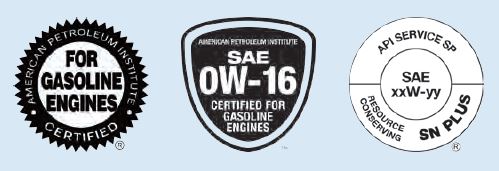NEW TECHNOLOGIES PROMPT NEW INDUSTRY STANDARDS ILSAC GF-6 and API SP specifications. AMSOIL was already ahead of the game. Original equipment manufacturers (OEMs) are under pressure to improve fuel economy and reduce emissions. As a result, most new engines today use some combination of turbochargers, direct-fuel injection and variable valve timing to deliver better fuel […]
You are browsing archives for
Tag: ilsac GF-6
ILSAC GF-6, API SP & dexos: Making Sense
ILSAC GF-6, API SP & dexos: New Oil Specifications Andy Arendt|May 01, 2020 7:41 AM As engine-operating conditions grow more severe, so do the demands placed on your motor oil. Hence the need for updated oil specifications, like ILSAC GF-6, API SP and GM dexos1 Gen 2. New engine hardware such as turbochargers, direct injection and variable […]

